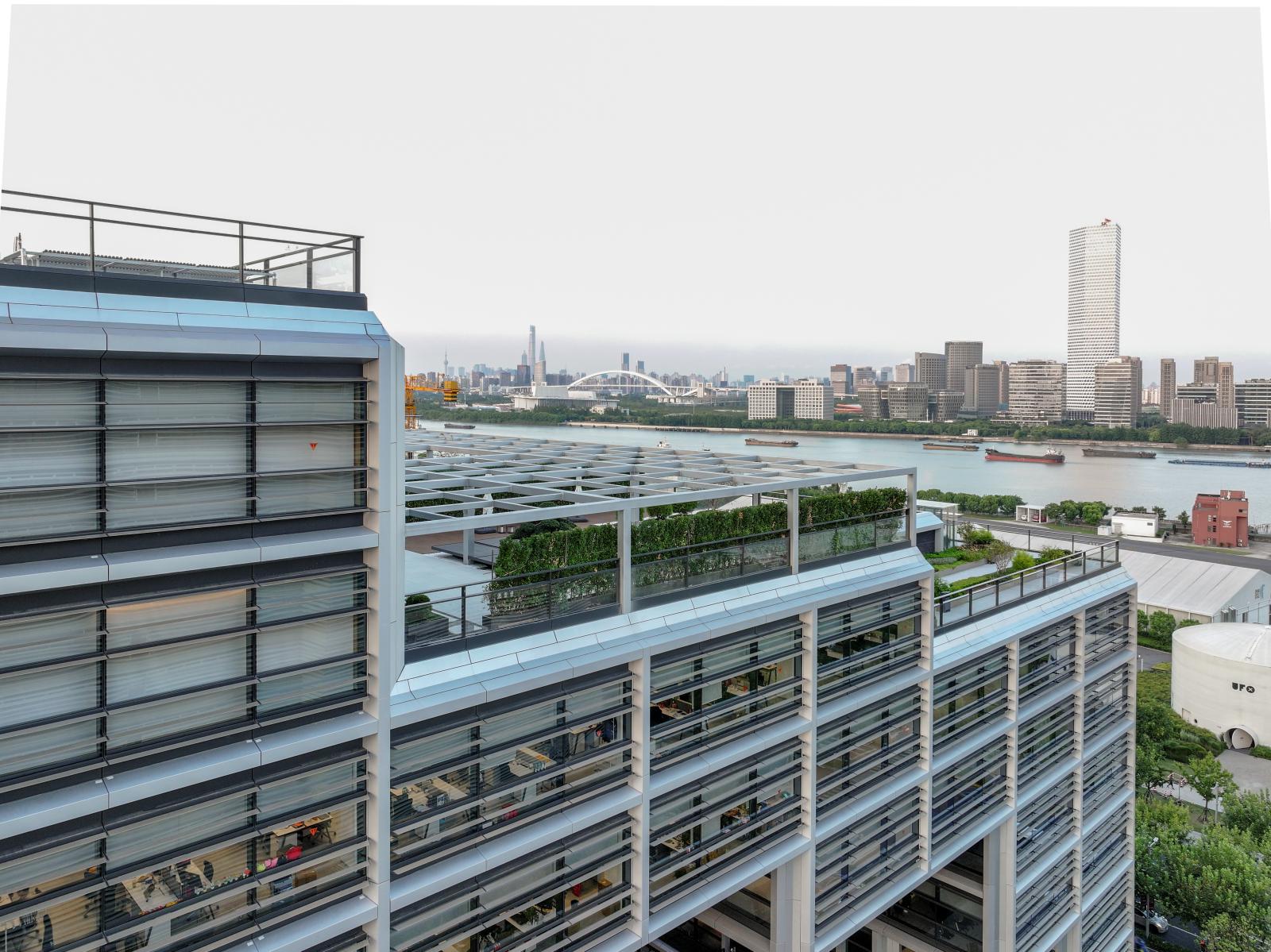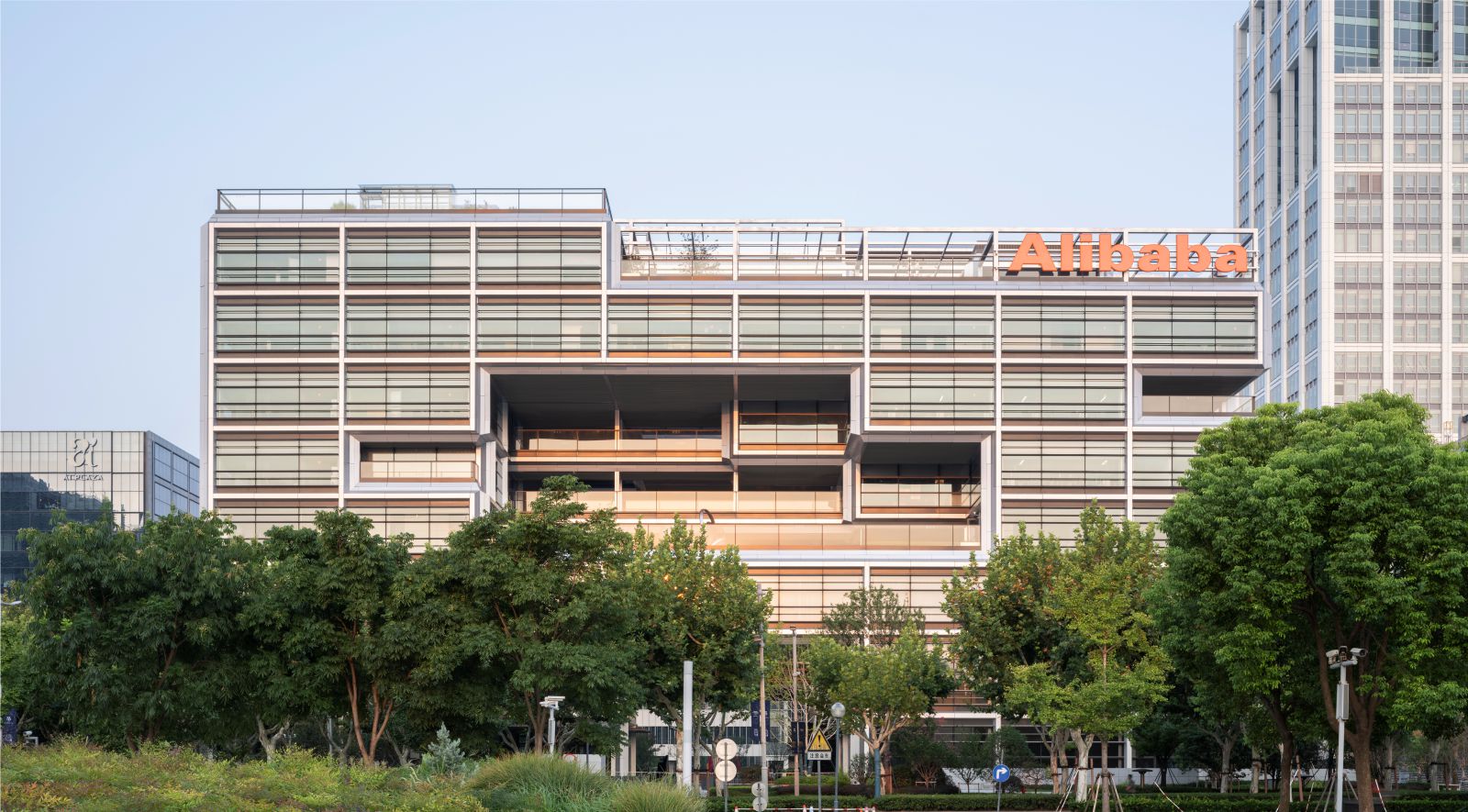Earlier this week, a ceremony marked the official opening of Alibaba’s new state-of-the-art offices in Shanghai’s Xuhui Riverside district.
Foster + Partners’ design embodies Alibaba’s working ethos and completely reimagines the traditional model of the office, by prioritising public space and transparency, enhancing connections with nature, and creating a wide variety of highly collaborative workspaces that respond to the company’s dynamic team structure.

Despite the challenges of the Covid pandemic, the project has completed ahead of schedule. Luke Fox, Head of Studio, Foster + Partners, said: “We are delighted to attend the opening of Alibaba’s new offices.
Making full use of this incredible location, our design creates a highly collaborative workplace with a climatically responsive public space at its heart, encouraging people to observe life within the building.

Developing this sense of transparency between outside and inside – public and private – has underlined our approach from the very beginning.”
The office is formed around a central heart that opens up to create a large public urban room, inviting people in. This establishes an active social core, with viewing terraces overlooking the central space as well as the building’s principal entrances opening onto it.

The building is designed to be extremely transparent, allowing people a glimpse into the world of Alibaba while preserving views of the outside, with an abundance of outdoor terraces for socialising and events.
Variations between floorplates are also maximised to enhance flexibility across the whole building.

Health and wellbeing are cornerstones of the project, with vast green outdoor terraces – where employees can take in spectacular views of the Huangpu River and Pudong CBD – and the central public space encouraging connections with the outside world.
All workspaces have operable windows and can be naturally ventilated, creating a healthy and productive working environment.

Foster + Partners developed a genetic algorithm, in line with Alibaba’s requirements, to optimise the building’s form in relation to environmental conditions, maximising outside views, and the specific area requirements for its different functions.
Jeremy Kim, Partner, Foster + Partners, said: “The innovative design process stemmed from a comprehensive understanding of the company’s structure and their ethos of collective success.

Using our own genetic algorithm allowed us to swiftly evaluate thousands of massing options and select the most appropriate solution that we could develop further.
The building is designed to enhance collaboration, wellbeing, and innovation for generations to come.” Source by Foster + Partners.





